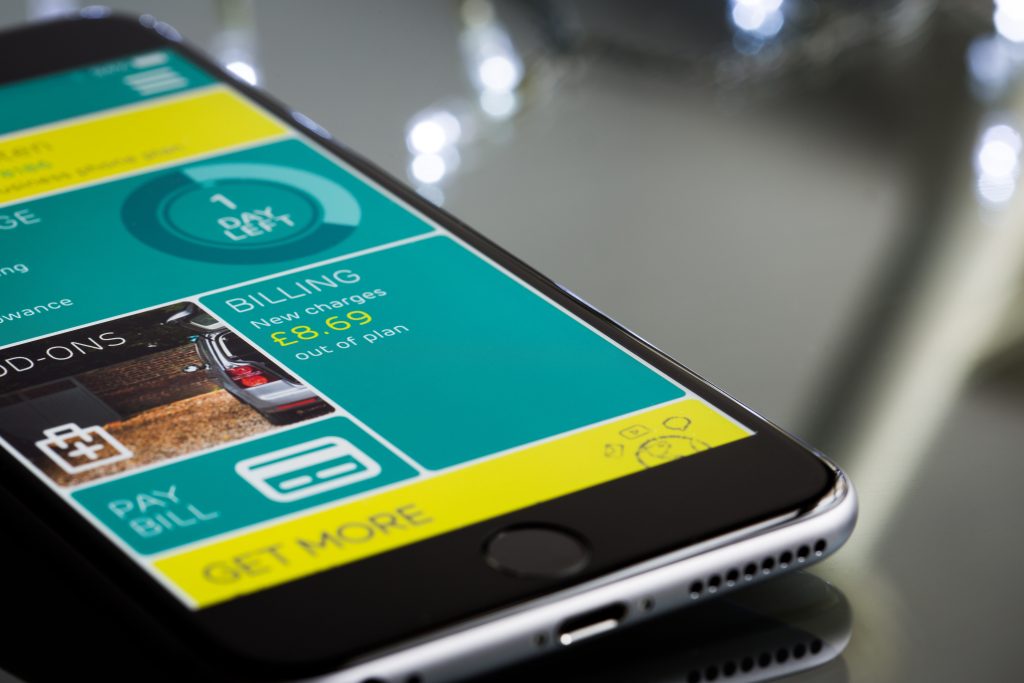The age of mobile banking has ushered in a financial transformation, offering both convenience and caution. While it simplifies your financial life, it also presents potential risks. Let’s explore the pros and cons of having your bank at your fingertips.
Balancing Acts: The Pros and Cons of Mobile Banking
Unlocking the Benefits of Mobile Banking
Despite the potential risks, mobile banking unveils a treasure trove of benefits:
- Convenience and Accessibility: Managing your accounts and transactions anytime, anywhere, all in the palm of your hand. No more time-consuming trips to physical bank branches.
- Swift Transactions and Real-Time Information: Urgent payments are a breeze with quick transactions and real-time updates. No more waiting for transactions to clear.
- Budgeting and Expense Tracking: Mobile banking empowers you to monitor your spending in real time, set transaction alerts, and categorize your expenses for smarter financial decisions.
- Enhanced Security Features: Biometrics, two-factor authentication, and encryption technology fortify your account’s security. You can even lock or block your account remotely if you misplace your card.
- Eco-friendly Banking: Mobile banking reduces the need for paper transactions, helping save trees and decrease the carbon footprint. It’s a win for the environment and reduces carbon emissions from physical travel.
Weighing the Risks of Mobile Banking
However, mobile banking isn’t without its challenges:
- Cybersecurity Threats: Mobile banking can be vulnerable to cyberattacks, from malware and phishing to hacking. Protecting your sensitive data is essential, and financial institutions must invest in security measures to safeguard customer information.
- Privacy Concerns: Users may unwittingly share personal data with third-party apps, leading to potential privacy breaches and identity theft risks.
- Technical Issues and Reliability: Relying on the Internet, mobile banking can suffer from network outages, technical glitches, and software bugs, potentially leading to financial losses or security issues.
- Overspending and Impulsive Transactions: The ease of mobile banking can encourage impulsive spending and financial decisions that you might later regret.
- Digital Divide: Not everyone has access to mobile banking, leading to disparities between those with access to technology and those without. Policymakers and financial institutions must work to bridge this digital gap.
Guidelines for Safe and Effective Mobile Banking
To make the most of mobile banking while staying secure, follow these tips:
- Use Strong Passwords and Enable Two-Factor Authentication: Create complex, unique passwords and activate two-factor authentication for an added layer of security.
- Keep Your Mobile Banking App Updated: Regular updates patch security vulnerabilities. Download the app from trusted sources to ensure safety.
- Be Cautious of Public Wi-Fi and Unsecured Networks: Avoid public Wi-Fi for banking activities or use a VPN for added encryption.
- Monitor Your Account Regularly and Set Alerts: Regularly check your account for suspicious activity and set up transaction alerts.
- Be Wary of Suspicious Emails and Text Messages: Stay vigilant against phishing attempts and verify the authenticity of messages and websites.
Takeaway
By balancing convenience with caution and following these guidelines, you can enjoy the advantages of mobile banking while safeguarding your financial security.




